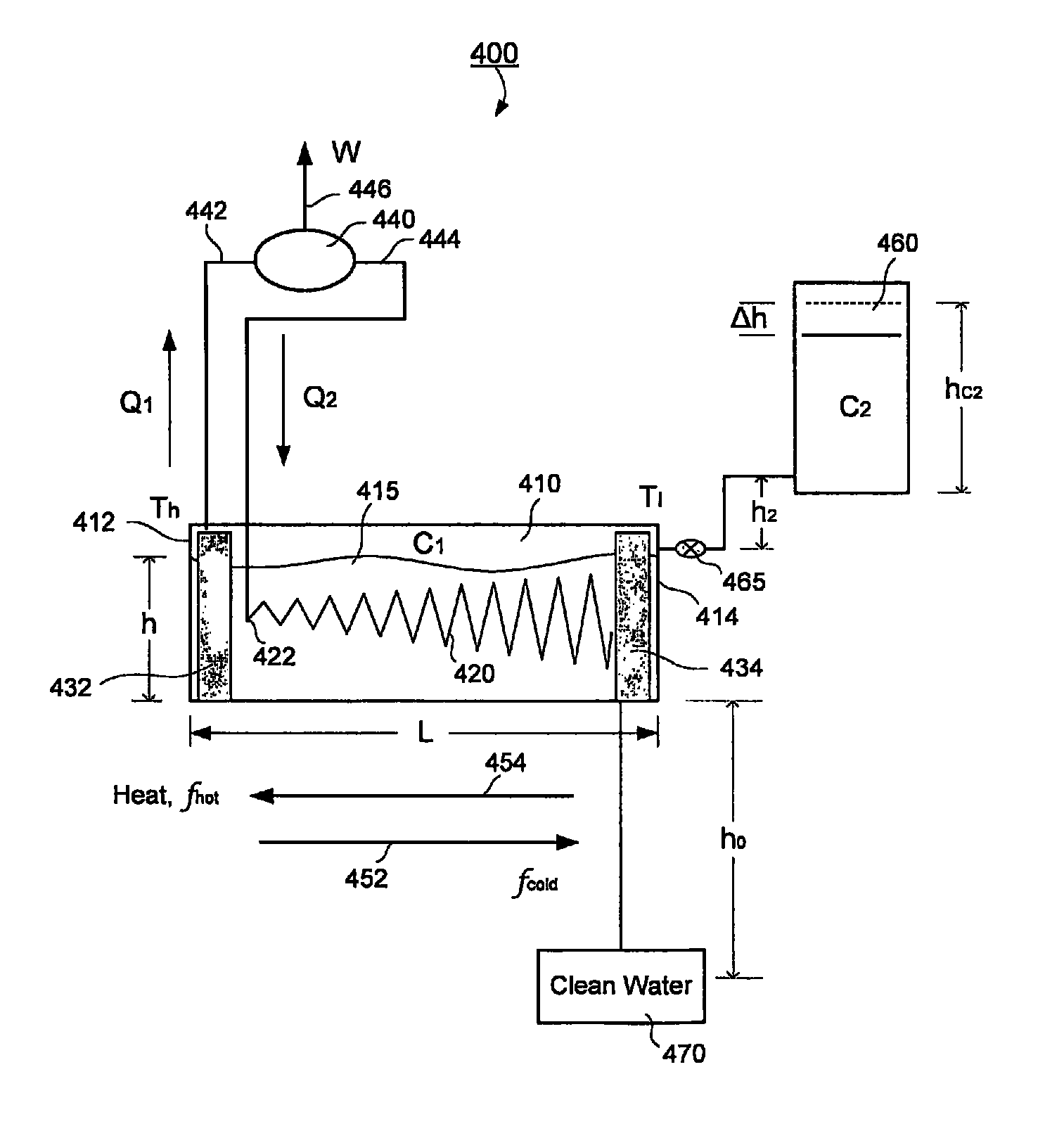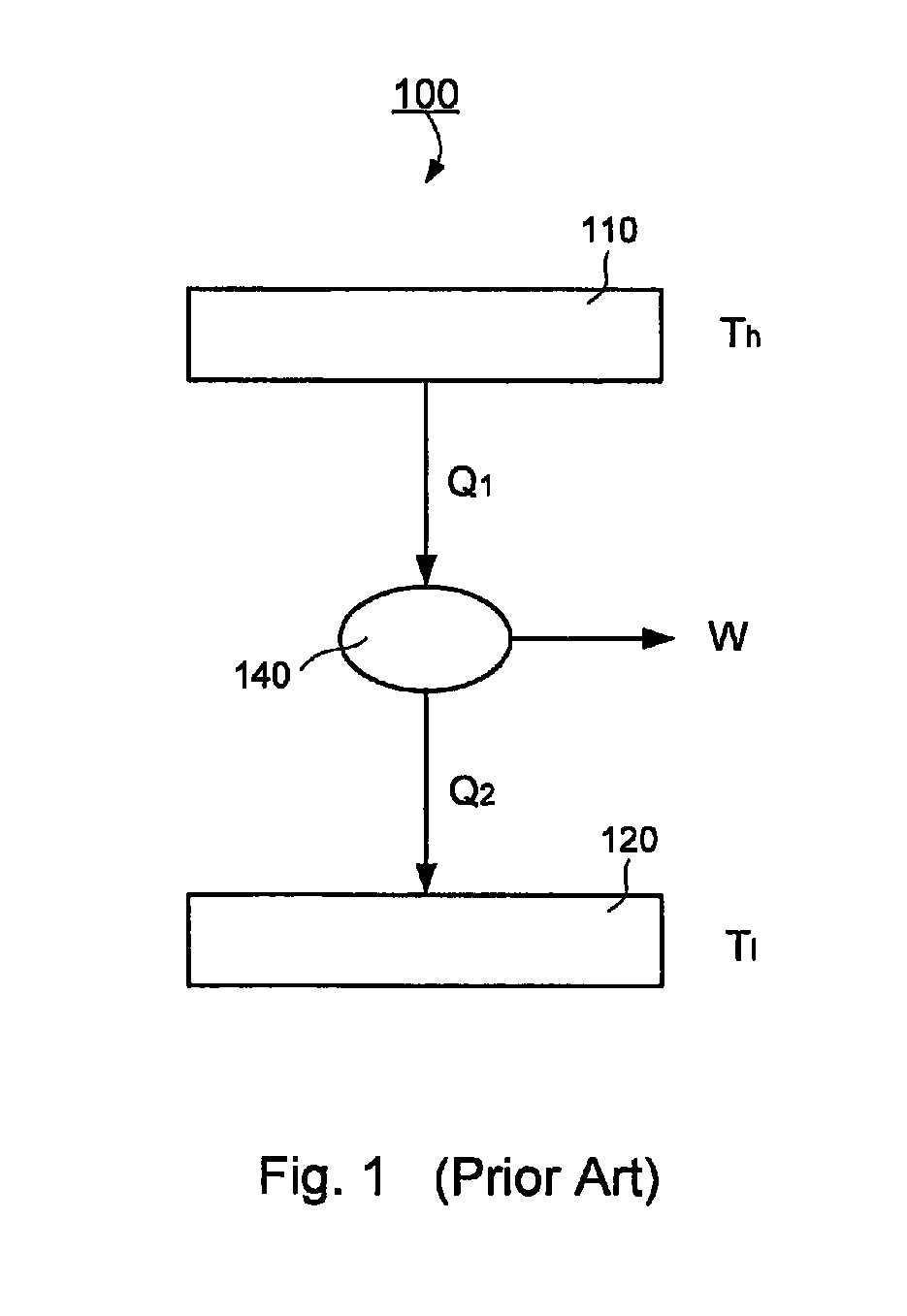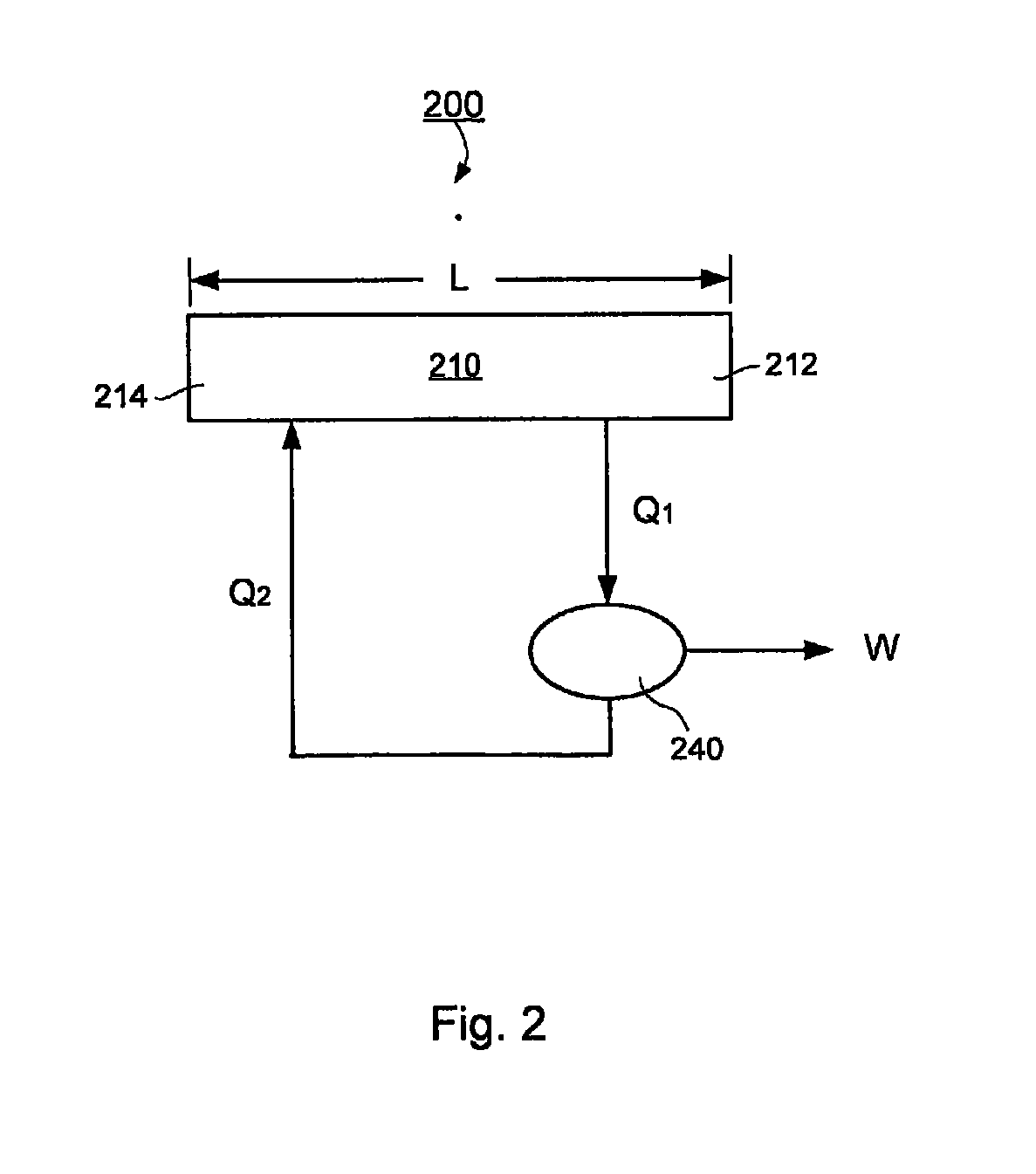Apparatus and methods of transferring heat with a differential magneto-thermal force
a technology of differential magneto-thermal force and apparatus, applied in the field of apparatus and methods of transferring heat with a differential magnetothermal force, can solve the problems of energy waste and unaddressed need in the art, and achieve the effect of improving the efficiency of the engin
- Summary
- Abstract
- Description
- Claims
- Application Information
AI Technical Summary
Benefits of technology
Problems solved by technology
Method used
Image
Examples
examples and implementations
[0073]Without intent to limit the scope of the invention, further exemplary methods and their related results according to the embodiments of the present invention are given below. Note again that titles or subtitles may be used in the examples for convenience of a reader, which in no way should limit the scope of the invention. Moreover, certain theories are proposed and disclosed herein; however, in no way they, whether they are right or wrong, should limit the scope of the invention.
[0074]FIG. 1 illustrates typical working principle in the existing technology of a general engine based on Carnot cycle. The high temperature heat source at temperature Th provide heat Q1 to do work, W, to outside. In this technology, amount of heat Q2 cannot be converted to work and has to be deposited to the low temperature source Tl. In most cases, the heat was released to the environment as in steam engines, car engines, combustion engines, and all other modern engines, as well as all power genera...
PUM
 Login to View More
Login to View More Abstract
Description
Claims
Application Information
 Login to View More
Login to View More - R&D
- Intellectual Property
- Life Sciences
- Materials
- Tech Scout
- Unparalleled Data Quality
- Higher Quality Content
- 60% Fewer Hallucinations
Browse by: Latest US Patents, China's latest patents, Technical Efficacy Thesaurus, Application Domain, Technology Topic, Popular Technical Reports.
© 2025 PatSnap. All rights reserved.Legal|Privacy policy|Modern Slavery Act Transparency Statement|Sitemap|About US| Contact US: help@patsnap.com



